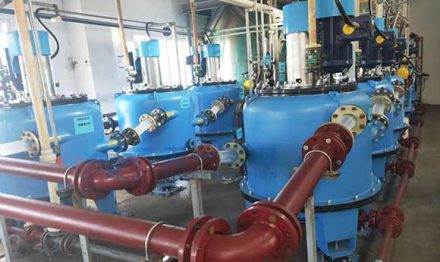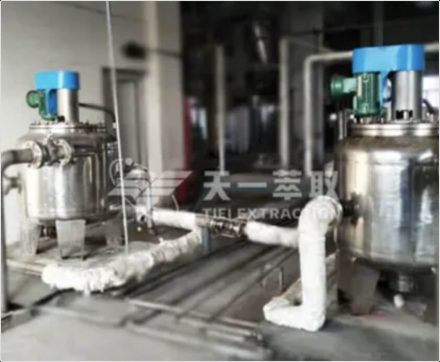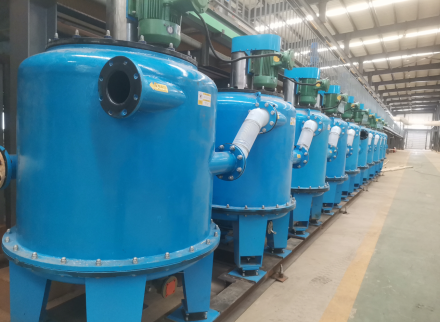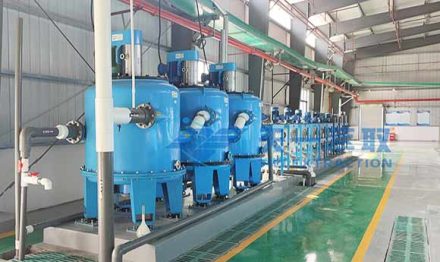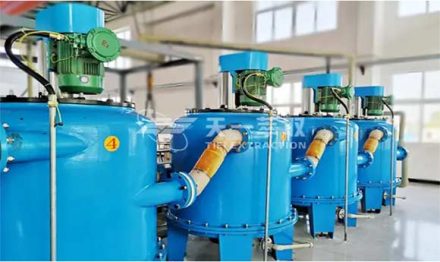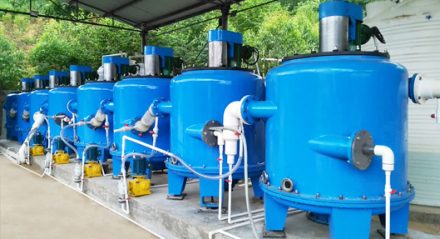Liquid-liquid extraction (also called solvent extraction) was initially utilized in the petroleum
industry beginning in the 1930’s. It has since been utilized in numerous applications including
petroleum, hydrometallurgical, pharmaceutical, and nuclear industries. Liquid-liquid extraction
describes a method for separating components of a solution by utilizing an unequal distribution
of the components between two immiscible liquid phases. In most cases, this process is carried
out by intimately mixing the two immiscible phases, allowing for the selective transfer of
solute(s) from one phase to the other, then allowing the two phases to separate. Typically, one
phase will be an aqueous solution, usually containing the components to be separated, and the
other phase will be an organic solvent, which has a high affinity for some specific components of
the solution. The process is reversible by contacting the solvent loaded with solute(s) with
another immiscible phase that has a higher affinity for the solute than the organic phase. The
transfer of solute from one phase into the solvent phase is referred to as extraction and the
transfer of the solute from the solvent back to the second (aqueous) phase is referred to as
back-extraction or stripping. The two immiscible fluids must be capable of rapidly separating
after being mixed together, and this is primarily a function of the difference in densities between
the two phases.

While limited mass transfer can be completed in a single, batch equilibrium contact of the two
phases, one of the primary advantages of liquid-liquid extraction processes is the ability to
operate in a continuous, multistage countercurrent mode. This allows for very high separation
factors while operating at high processing rates. Countercurrent operation is achieved by
repeating single-stage contacts, with the aqueous and organic streams moving in opposite
directions as shown in Figure
Tiei Extraction design and manufacture of CWL-M serial centrifuges extractors has laboratory scale centrifuges,pilot scale centrifuges and multistage production centrifuges.
Tiei Extraction recommends the CWL-M centrifugal extractor ,with detailed equipment specifications and production capacity, technological process, and equipment characteristics. Also you can view relevant customer cases, extraction Technology solutions, and research trends. Browse all extraction equipment.

